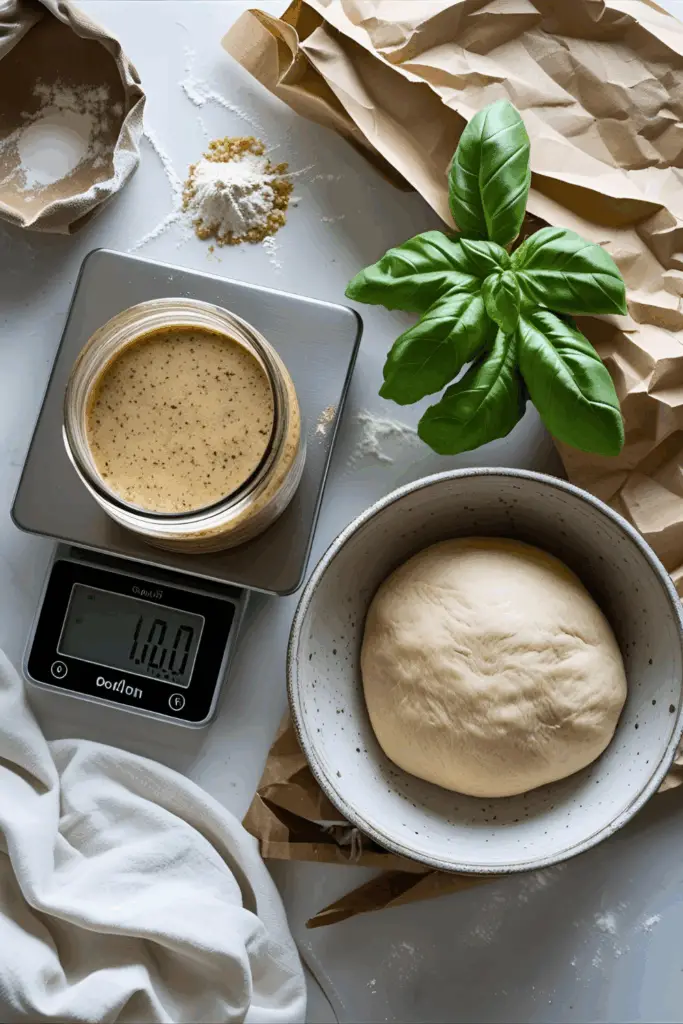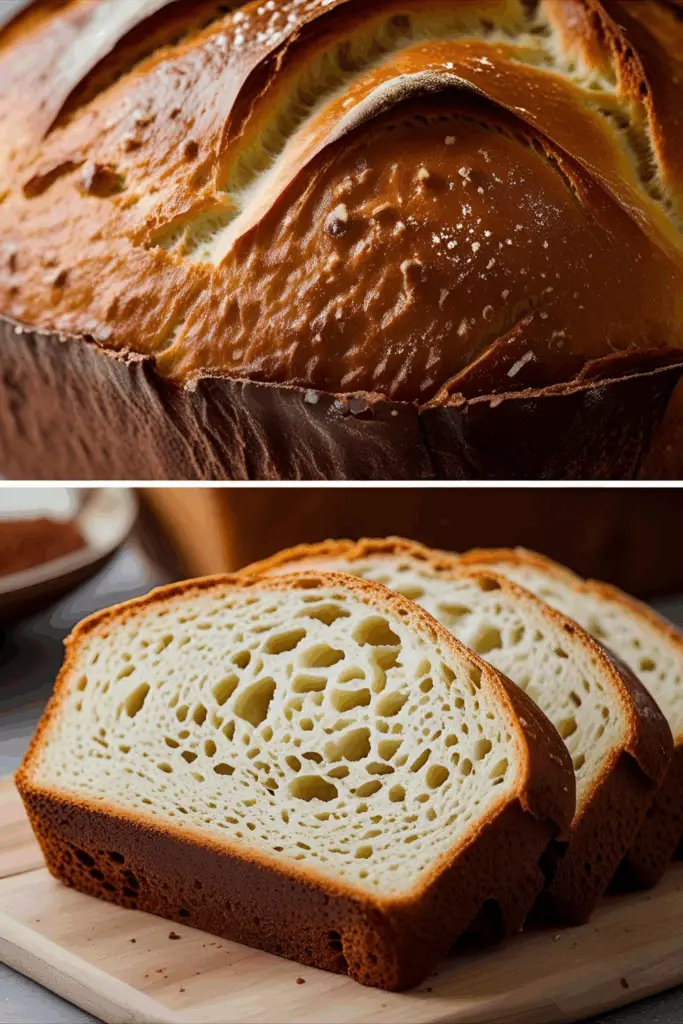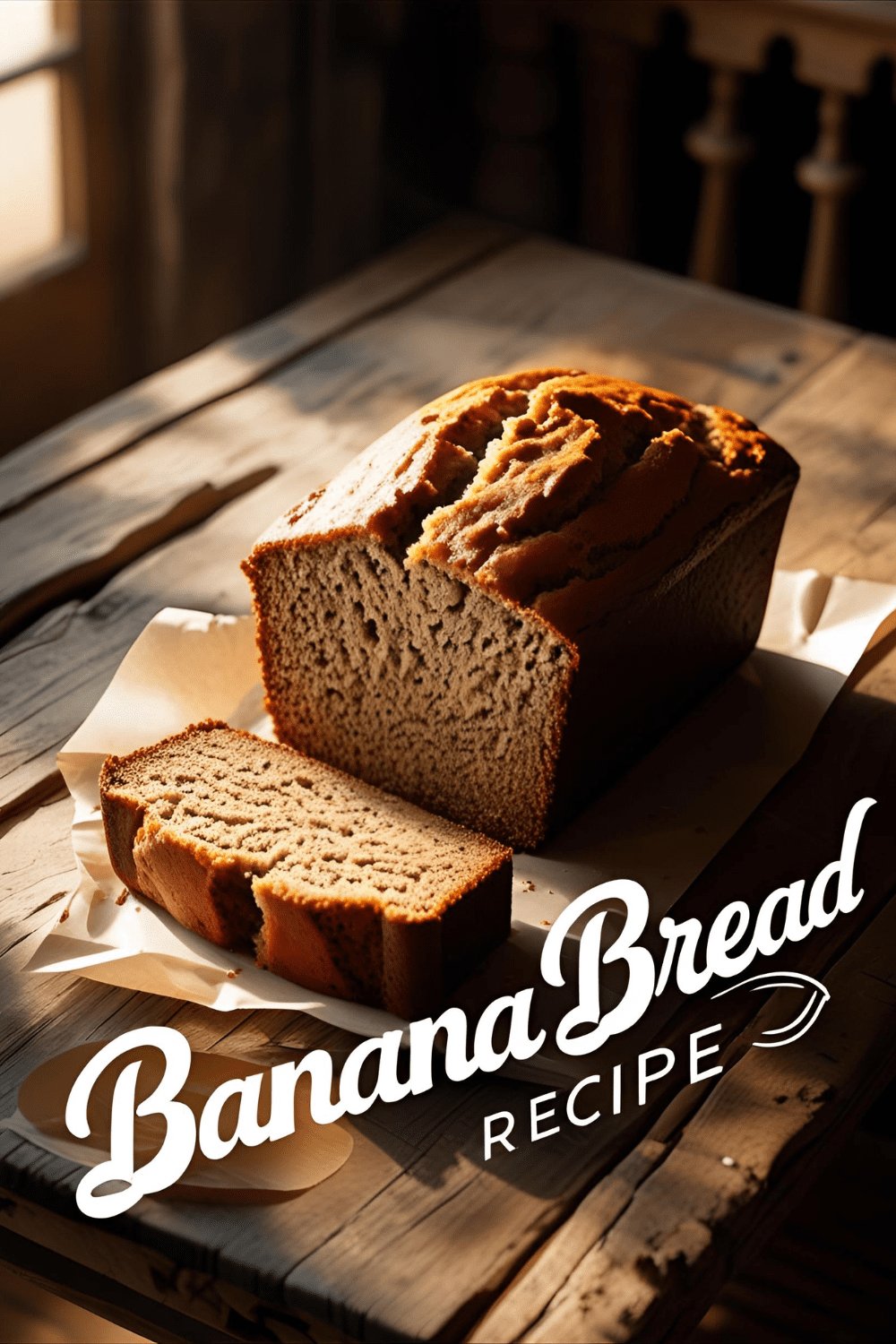Rise & Shine, Baker Kid
Ever pinched a slice of fancy artisan sourdough in your local cafe and thought, “I could never pull that off”? Guess what—you can. This sourdough bread recipe is simple, approachable, and zero-pretentious. Yes, you’ll bake your own crusty loaf at home—even if your starter’s more diva than baker. Ready to smell that tangy, warm loaf flex?
Why This Recipe Is Awesome
- Gourmet taste, minimal effort: You get crackly crust and chewy crumb—no experience required.
- Economical & sustainable: Feed the starter, skip the pricey bakery line.
- Therapy disguised as baking: Perfect kneading session after a rough day, IMO.
- Customizable flavor: Herbs, olives, flax—your loaf, your rules.
Ingredients
(Makes one 2‑lb loaf)
- 100 g active sourdough starter
- 375 g water (room temp)
- 500 g bread flour (sub whole wheat 50/50)
- 10 g kosher salt
Substitutions:
- Use 100 % whole grain in place of white flour for nuttier flavor.
- Gluten-free? Use specialized GF sourdough flour and starter.
Tools & Kitchen Gadgets Used
- Mixing bowl (5 qt or larger)
- Bench scraper for folding dough
- Dough-proofing basket (banneton) or bowl + floured towel
- Lame or sharp razor blade for scoring
- Dutch oven (6‑qt) or baking cloche
- Kitchen scale for accurate measuring
- Parchment paper
(Affiliate-ready tools you need to succeed!)
Step‑by‑Step Instructions
- Autolyse: mix flour + water until no dry bits—rest 30 mins.
- Add starter & salt, mix until shaggy dough forms.
- Do four stretch & folds every 30 mins over two hours.
- Bulk ferment 4–6 hrs at room temp until doubled and bubbly.
- Shape dough, rest 20 mins, then tightball and place in banneton.
- Cold retarding: refrigerate 12–18 hrs—develops flavor.
- Preheat Dutch oven to 475°F with lid on not forgotten.
- Score dough, transfer to Dutch oven on parchment.
- Bake: 20 mins lid on, then 20 mins lid off to crisp up.
- Cool loaf fully—yes, you must wait before slicing.
Calories & Nutritional Info
- Per 2‑oz slice: ~160 kcal, 0.8 g fat, 33 g carbs, 5 g protein
- Whole grain version: more fiber (~3–4 g per slice)
Nutrition notes:
Naturally fermented bread means easier digestion.
Common Mistakes to Avoid
- Using weak starter: not bubbly after feed? Give it time.
- Overfolding: flimsy dough means flat loaf—just four times.
- Skipping overnight rest: the flavor needs that chill time.
- Scoring mistakes: shallow cuts = uneven rise. Aim for ¼” deep.
- Slicing too early: cutting while hot = gummy crumbs—patience, friend.
Variations & Customizations
- Rosemary olive loaf: fold in chopped rosemary & olives during shaping.
- Seeded starter: add ⅓ cup each flax, sunflower, pumpkin seeds.
- Cheesy jalapeño: fold in cheese cubes and sliced jalapeños.
- Spelt swap: replace 200 g flour with spelt for nutty aroma.
- Whole grain: make bread 100% whole wheat for fiber boost.
FAQ
1. Do I need a Dutch oven?
No—but it helps trap steam. Use a baking stone + oven-safe dish with water.
2. My starter isn’t rising—now what?
Feed it twice daily for a few days until bubbly.
3. Can I shorten the process?
Yes—rise at room temp for 8–9 hrs, skip cold retard, but flavor dips.
4. Is sourdough gluten-free?
No—the long ferment doesn’t remove gluten; skip for GF diet.
5. Why measure by weight?
Baking is chemistry—precision matters for consistent results.
6. Can I bake smaller loaves?
Divide dough, bake in smaller pots—adjust bake time accordingly.
7. How to store leftover bread?
Loose bag at room temp lasts 2–3 days. Slice and freeze extras.
Final Thoughts
Look at you—artisan baker in the making! This sourdough bread recipe delivers that bakery wow-factor with zero snobbery. It’s rewarding, forgiving, and customizable to your tastes. Show off, share a slice, and maybe brag a bit. Because homemade sourdough? That’s serious kitchen creds. 🍞


